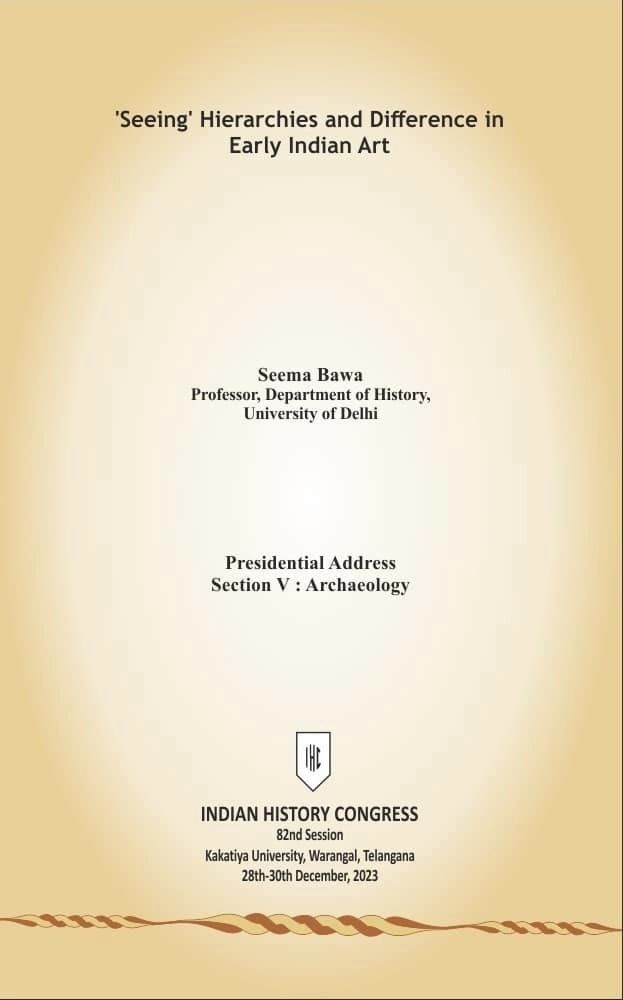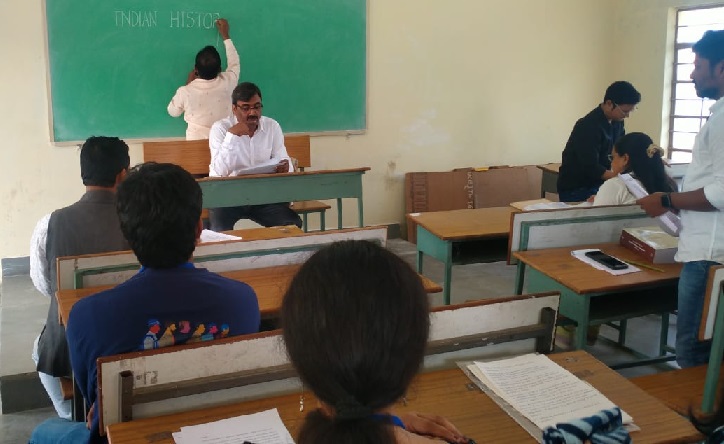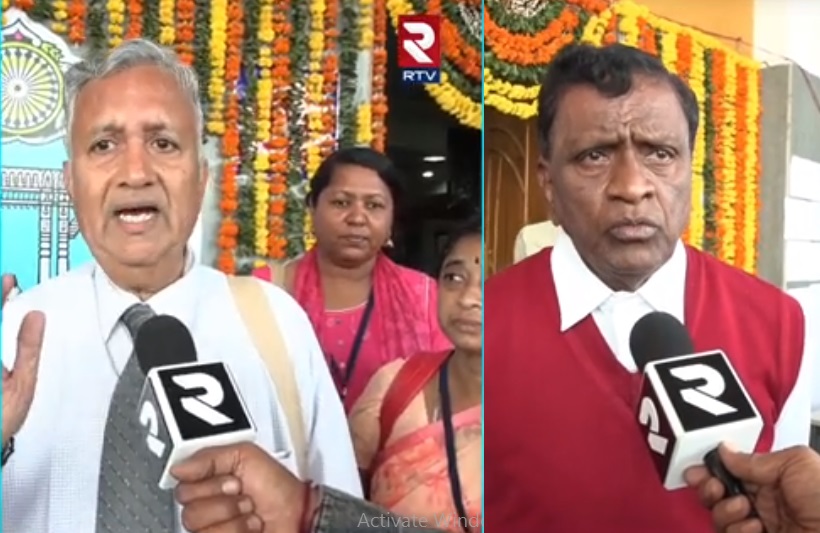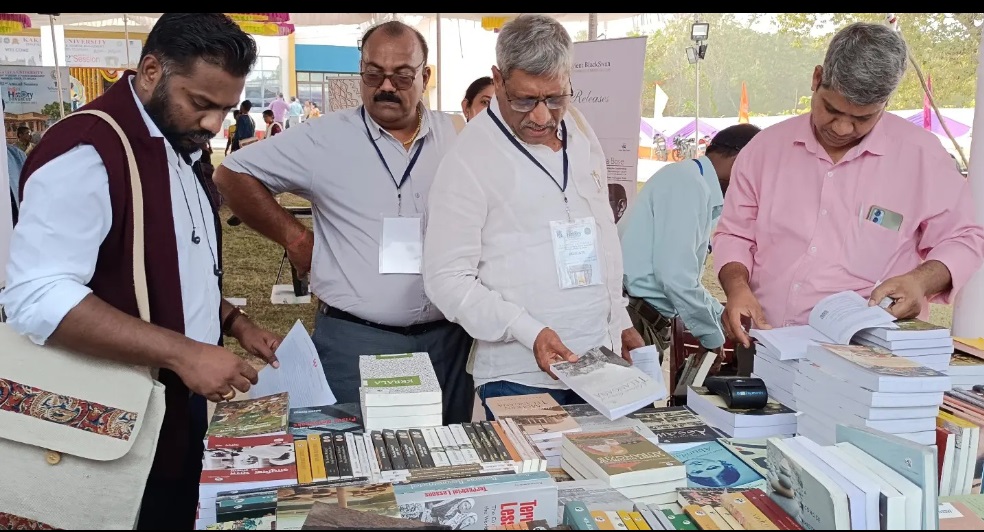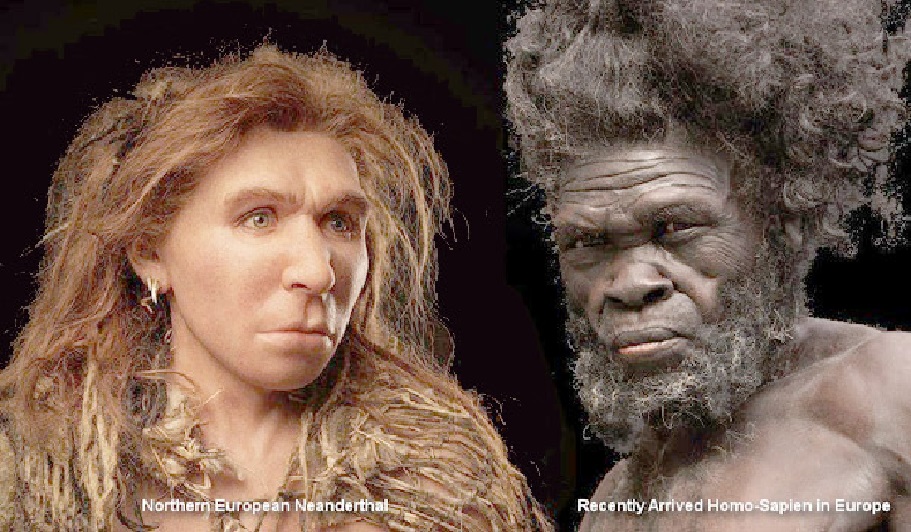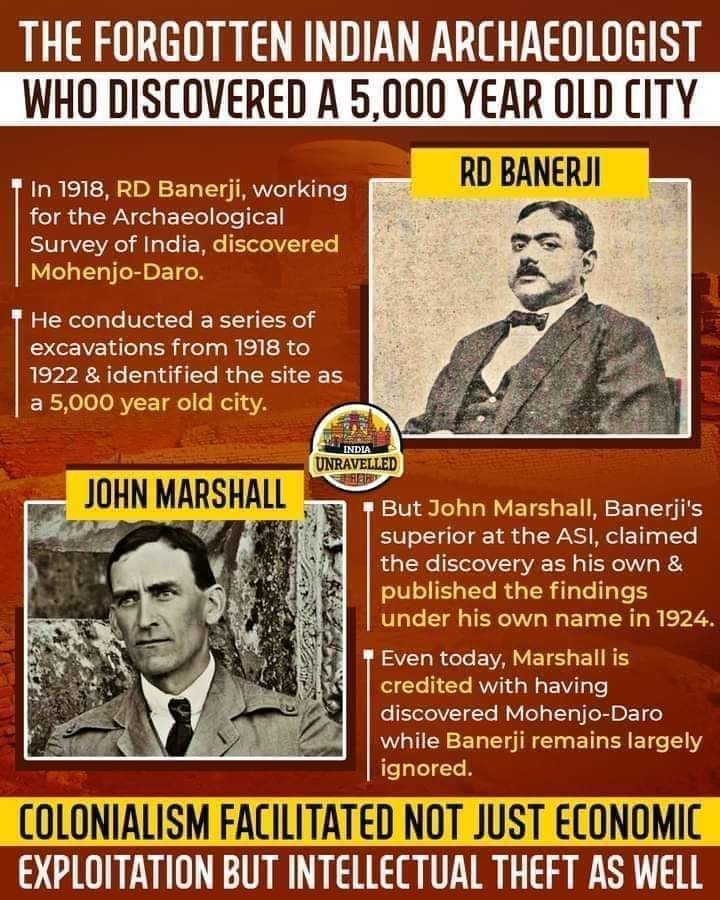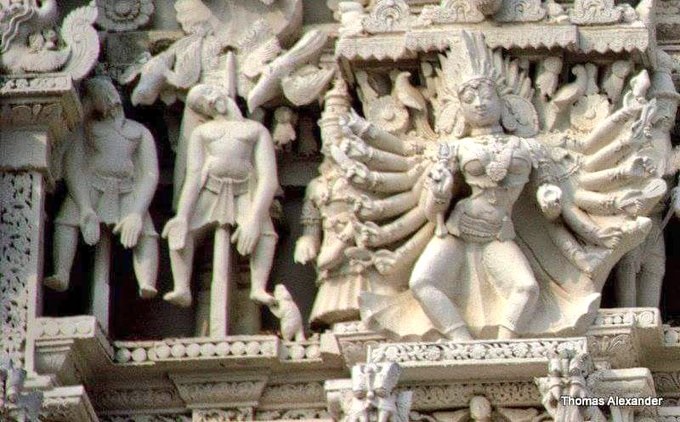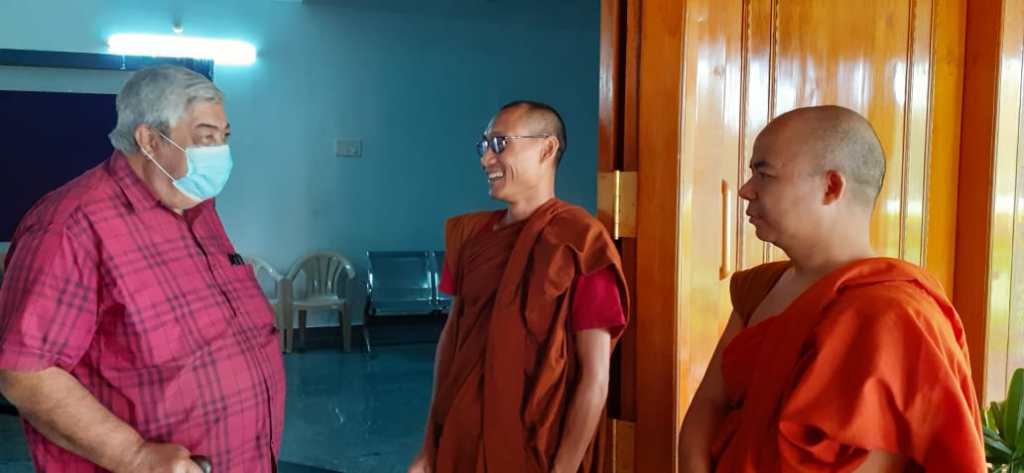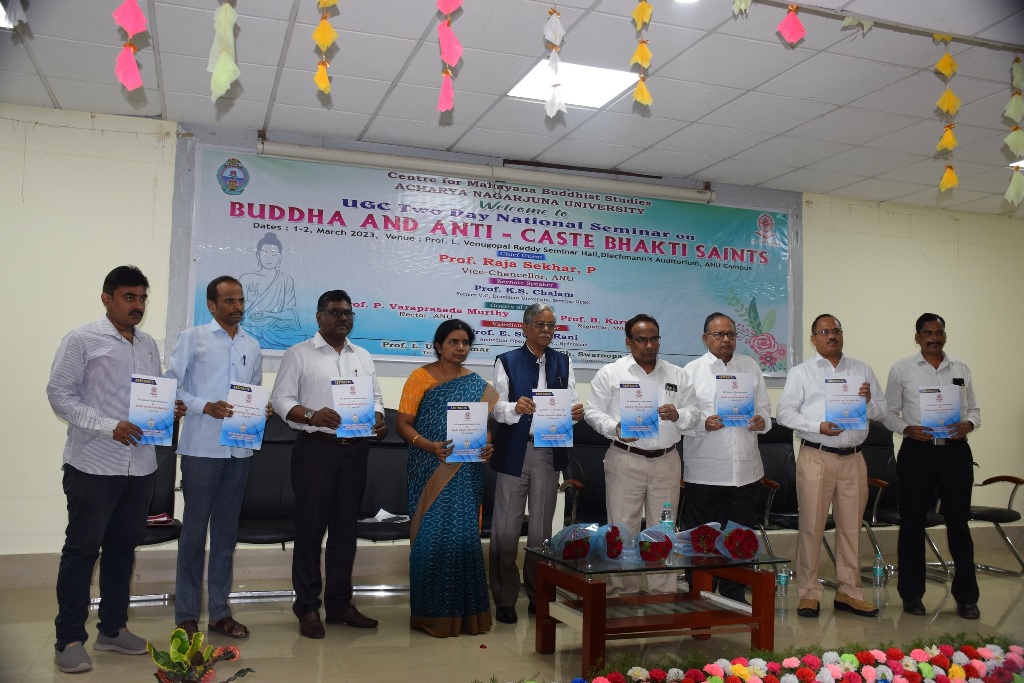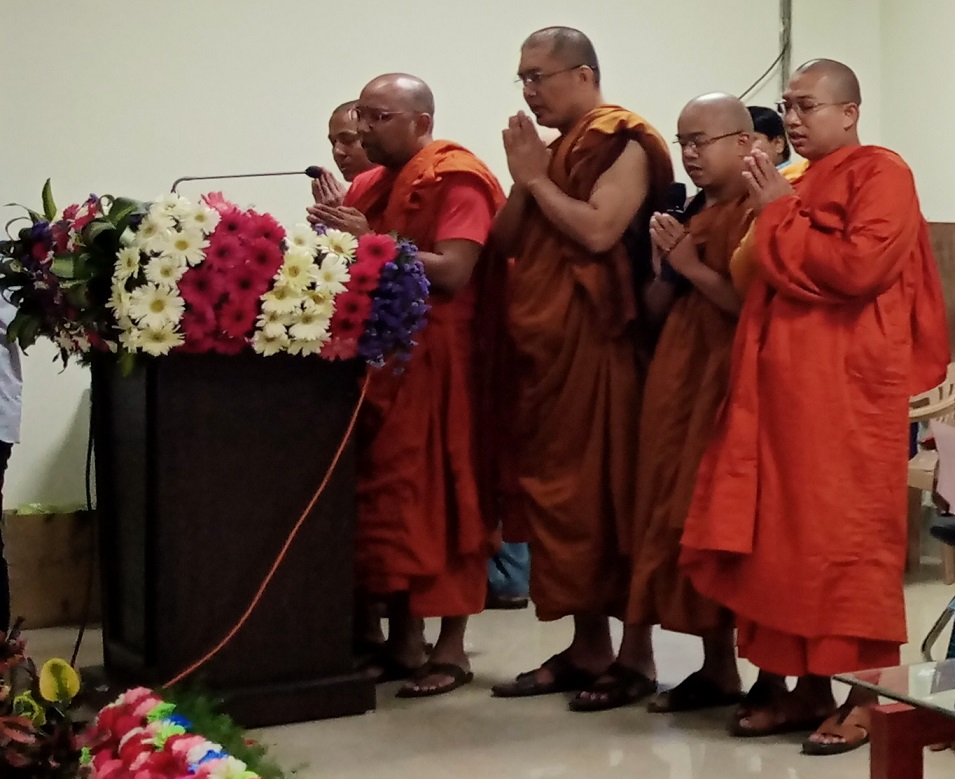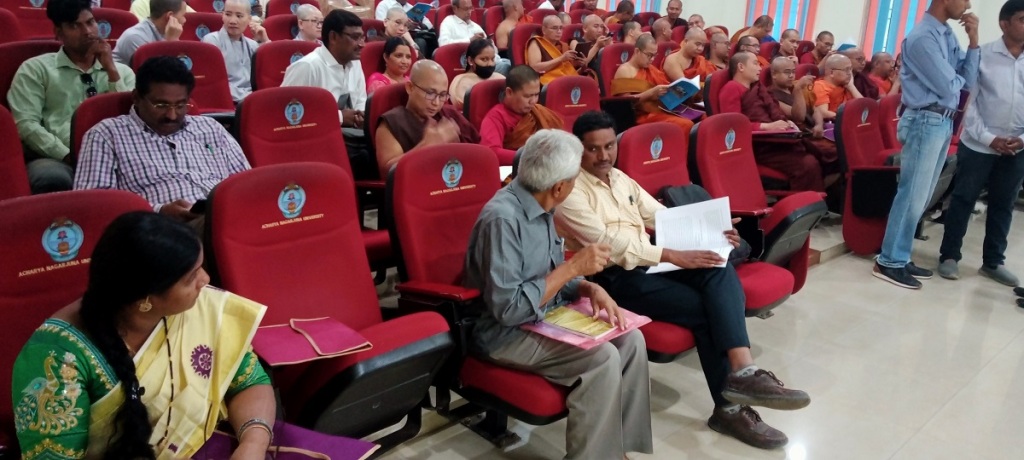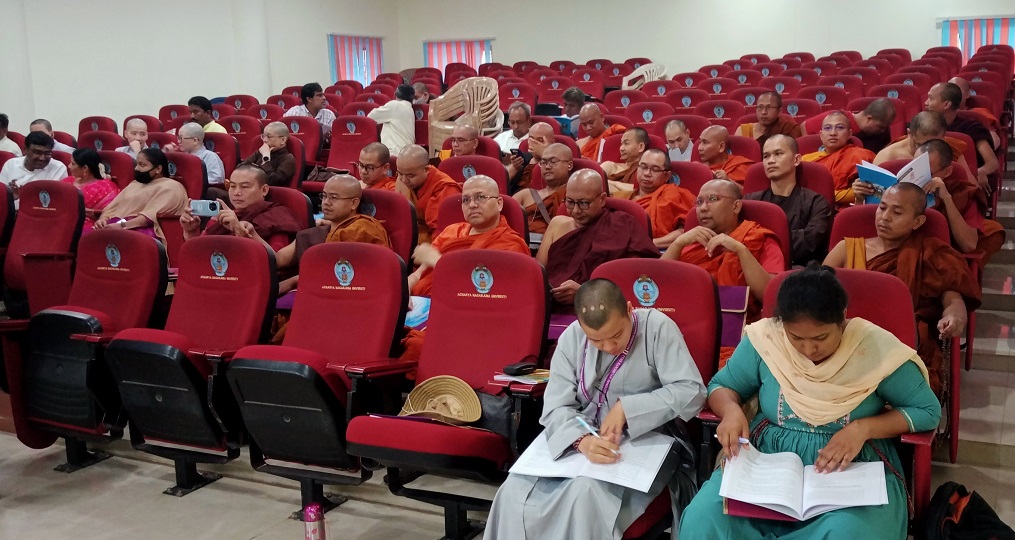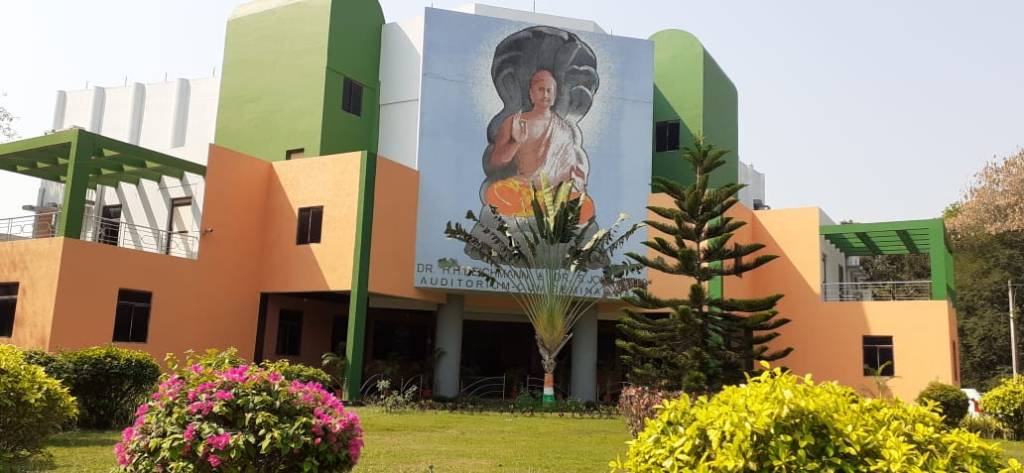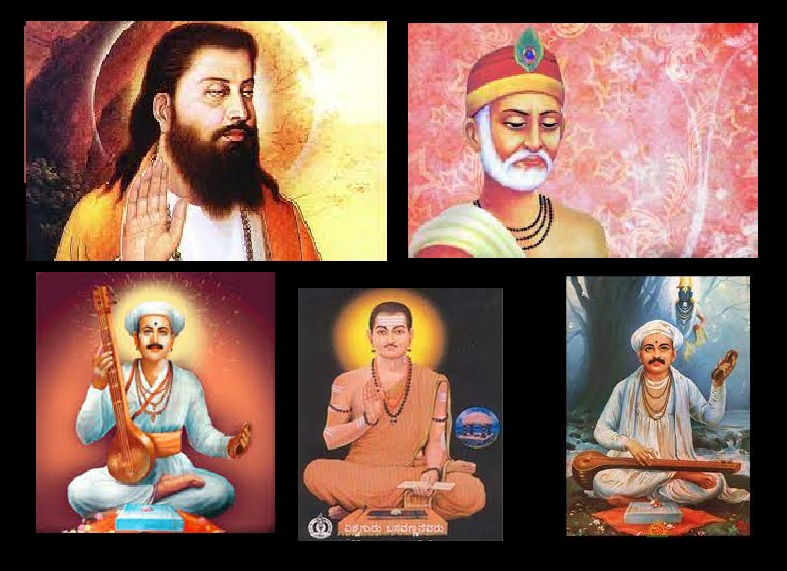culture at cross-roads? – the International conference held at the University of Madras on March 14th and 15th 2024 (3)

Simultaneous session held on 15-03-2024: Simultaneously, a parallel technical session was held online at 10:30am which was chaired by Prof. Mallika Begum – assistant professor at SIET. There were four presenters in total, concentrating on the topics –
- Healthcare among Adiyan and Mavidan Community[1],
- Challenges faced by Tribes post covid,
- Exploring collecting honey practices among the Alu Kurumbas[2] and
- Cultural influences on Childhood Obesity[3].
As usual, for a regular listener, reader and researcher of these topics could easily remember, recognize and locate the sources (books, papers etc) of the last 50 or even 100 years. A simple Google search also shows many secondary sources with the same or similar titles. About the tribes, the Europeans have taken undue importance and studied with bias. Many times, they have tried to compare these Indian tribes with that of “the last tribes,” proceed and conclude accordingly. Therefore, the paper-presenters should see al tleast, they are mentioning them in their reference or acknowledging otherwise. It is impossible to mention and acknowledge all the sources and references, but, since the plagiarism check is done, such softwares always point to “copying”!

Rangoli Competition held concurrently: Concurrent to both the sessions, the Rangoli Competition was held with the participation of seven teams from various colleges judged by Prof. Brinda – Ambedkar Law College. It was followed by Saritha Bowmick’s [4] Endowment Lectureship where Dr. B. Bindu– Former Professor and Head of the Department of Anthropology, Kannur University was invited as the speaker. She discerned her thoughts on the anthropological research post Covid-19 and on the vulnerables where the former experienced the rise of the digital era and the latter experienced the influence by the anthropologists on restudying social flexibility, intimacy and sexuality.

Valedictory function: The second day of the conference came to an end with the Valedictory session. The Welcome address was given by Dr. Prabhu Kumari Vanama – the co-convener and organizing Secretary of the Conference. It was followed by a report on the Two Day – International Conference by Aishwariya Wincy- 1st year MA Anthropology student, the University of Madras. Presidential address was given by Dr. M.P. Damodaran, Head of the Department of Anthropology and Convener of the conference.

- The session moved on to the Chief Guest Address by Prof. CMK Reddy – President of the TN Medical Practitioners Association and the Chairman of the Linguistic Minorities Forum of Tamil Nadu.
- Following which Dr. G.J. Sudhakar who is a Professor Emeritus from CPR Institute of Indological Research was awarded with the Life Time Achievement Award and later, discoursed his words of wisdom with the audience.
- Prof. Pareshwar Sahoo – Assistant Professor in the Department of History at Utkal University was called to distribute the certificates to all the presenters, winners and participants.
- The Valedictory Address was given by Prof. K.S. Sarwani – Director at IQAC, TN Ambedkar Law University.

The Valedictory session was concluded with a Vote of Thanks by Ms. M. Rajam – Guest Lecturer, Department of Anthropology, University of Madras followed by a photo session.

How the papers were presented?: The papers delved upon the selective nature about the theme, area, survey, number of subjects etc., and thus have been with limitations. Though, the researcher acknowledges such “limitations,” they come to conclusions, making them universal, that is not accepted. Moreover, at that time, they bring many popular myths into their narratives to suit their conclusions. As every individual varies, no two individuals could be compared and equated. Though individual differences are accepted, they are identified as couple, family, group, society, nation, country and so on. Where, the coming together individuals have to bury their differences and co-operate to work for a common cause for the same entities of couple, family, group, society, nation, country and so on. That is how, they have been functioning since time immemorial or from Paleolithic to modern periods.

Research has to be updated even at crossroads: As the students, researchers and other young scholars have decided to present papers doing PhD, completing PhD and working as lecturer, Assistant Professor etc., they have to prepare papers to suit the topic and theme of the conference and they are ready or prepared to answer the questions asked. In such academic proceedings and processes, there cannot be any concession, compromise and adjustment. As in the modern times, many facilities are available at the University level, the students have to update their knowledge by reading the recent books and research papers on the subject. They have conducted field studies and get new details and they cannot rehash or manipulate the previous or already published data and information.

Topic may have to be explicit and straight: Had the topic “culture at cross-roads?” been “culture at cross-roads? In India,” specifically, then, the paper presenters and speakers would have come to their topic straight away, after all, here, Indians have to deal with their issues in the changing times. Much time need not be spent by the speakers and paper presenters to explain it again and again without reaching any consensus. As pointed out, it has been a Western concept dealing with the meeting of different people groups, in Europe where, the migration of people was taking place at different periods. As they were believing in race, racism, racialism, segregation, exclusion and other principles, they had been at crossroads to place them at a particular place. About silk-road, maritime-route, trade routes etc., the scholars are well aware of..

Scientific, unscientific, unscientific, pseudo-scientific and so on: There is a difference between scientific and humanities subjects, where research is carried on. The experiments carried on in science and technology have been universal, producing the same results and being accepted universally. The experiments conducted by the arts, humanities and other non-science and technology subjects have been selective, choosy and discriminating covering a small portion, area, issues or few issues of a community or society, at a particular place and time and so on. Though, they too nowadays, they claim that they follow “scientific methodology” etc., they cannot reproduce the same result every time. In fact, in history, history writing, and historiography, the concerned experts openly accept that they do not require any objectivity in their writings.

Note: I waited for many days, requesting the organizers to send the details, photos etc., to complete the blogging. As I have not received as on 24-03-2024, I post the concluding part with the available materials today, i.e, 24-03-2024.
I thank Dr Prabhu Kumari Vanama for sending photos today – 24-03-2-24 and they are also included.
© K. V. Ramakrishna Rao
20-03-2024
[1] The Mavilan are a Scheduled Tribe of the Indian state Kerala. They inhabit the hill country of the Kannur and Kasaragod districts. They speak Tulu as their primary language and also have knowledge of Malayalam.
Rohisha, I. K., Tessy Treesa Jose, and Jyothi Chakrabarty. “Prevalence of anemia among tribal women.” Journal of family medicine and primary care 8.1 (2019): 145-147.
[2] Sathyanarayanan, C. R., and Nirmal Chandra. “The lost landscapes and livelihood: a case study of the Alu Kurumba of Nilgiris, Tamil Nadu.” J Anthropol Survey India 62.2 (2013): 821-50.
Jayaprakash, Prabhakar. “Uunending cultural and economic colonization: the case of Alu Kurumba Adivasi women” Perspectives in Social Work 30 (2015): 1.
[3] Kumanyika, Shiriki K. “Environmental influences on childhood obesity: ethnic and cultural influences in context.” Physiology & behavior 94.1 (2008): 61-70.
Chatham, Rebecca E., and Sandra J. Mixer. “Cultural influences on childhood obesity in ethnic minorities: a qualitative systematic review.” Journal of Transcultural Nursing 31.1 (2020): 87-99.
[4] Sharit Bhowmik 1948-2016; https://www.ces.uc.pt/emancipa/cv/gen/sharit.html

Filed under: conduct, conference, conflict, cosmology, culture, culture at crossroads, current era, curriculum, depressed class, desecration, displaced people, ethnology, folk, folkism, folklore, folklorism, gandhi, gender, gene, genetics, genography, geo-archaeology, geoarchaeology, Hindu, Hindu religion, historicity, historiosophy, history, ideology, kannur university, Madras, Madras University, marginalized, megalith, methodology, moral values, morality, mythologization, neolithic, neolithic cattle raiders, prehistoric sites, race, racialism, racism, Ramakrishna Rao, reconstruction, researcher, reservation, resource, scheduled caste, scheduled tribe, scholar, social reform, Social Reform Movement, social reformation, Social science, sociology, stigma, students, subject, system, technology, tourism, trade, trade route, tribal, tribe, uncivilized, unemployment, University of Kerala, University of Madras, violence, water, women, women education, worker, writer, young, youth | Tagged: 12000 years of Indian culture, Art and Culture of Tamil Nadu, clash of cultures, clash. clash of cultures, criminal tribe, culture, culture at crossroad, culture at crossroads, folk culture, heritage, heritage management, heritage tag, inheritance, scheduled tribe, tradition, tribal, tribal area, tribal culture, tribe | Leave a comment »


















